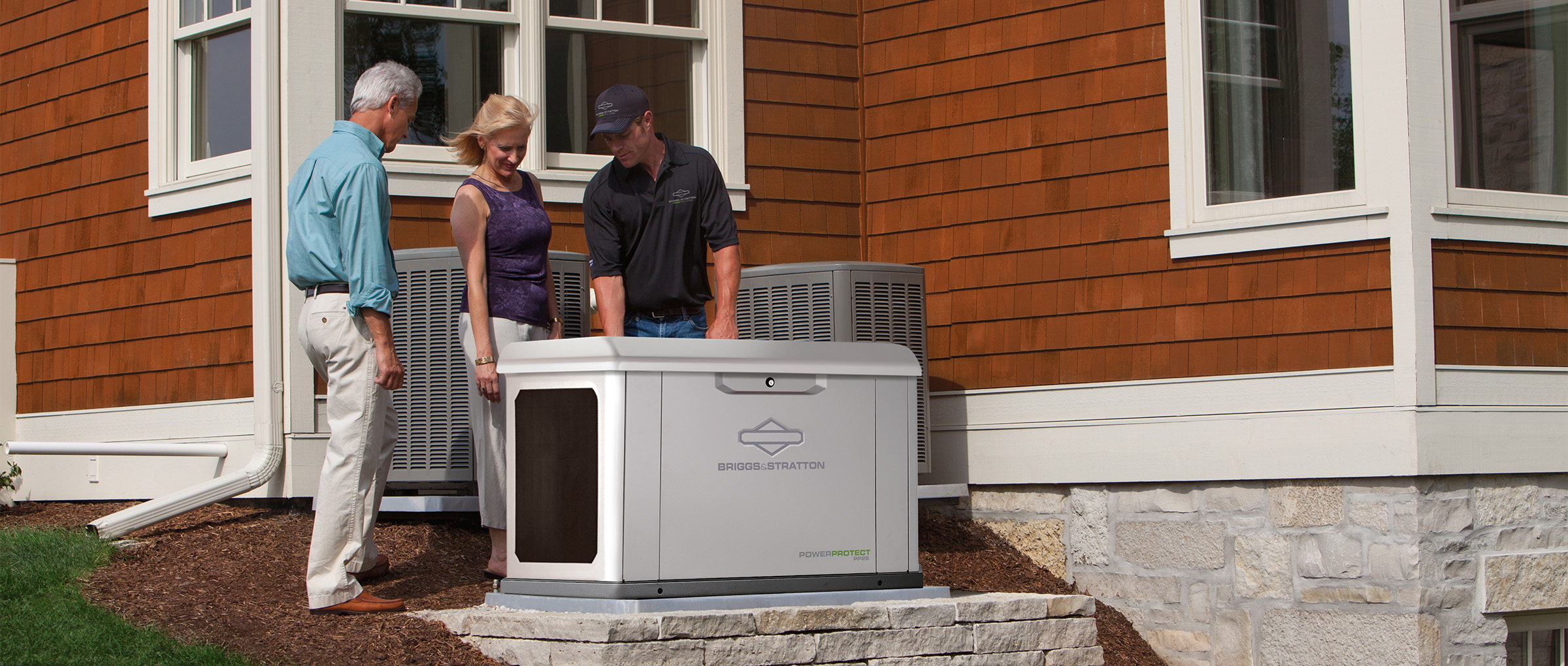Determining the Best Location for Your Home Generator
When purchasing a home standby generator, one of the most important factors to consider is where the generator will be installed on your property. Home generator placement can impact overall safety, equipment health and general satisfaction. Consider the following factors when determining an ideal placement of the standby generator on your property.
Codes and requirements
The placement of your standby generator is subject to regulations and requirements from organizations like the National Fire Protection Association (NFPA), power supply companies, local government building code authorities and the manufacturer. These codes and regulations are in place to protect you and your family, and to ensure that the generator can perform its essential functions. A registered and qualified technician will be familiar with these codes and can help guide your decision-making.
One specific code, for example, is NFPA 37 — this standard establishes criteria for minimizing the hazards of fire related to the installation and operation of stationary combustion engines and stationary gas turbines that are fueled by liquid or gaseous fuels and are used as prime movers for emergency generators, fire pumps and standby and peak power systems.
Home generator placement regulations
It’s important to pay attention to the location of your home’s windows, doors and other openings. Standards require all parts of a standby generator to be placed at least five feet away from windows, doors and other wall openings. Several Briggs & Stratton standby generators that have been fire tested can be placed as close as 18 inches to a structure. This is also the case if the walls of the building have a one-hour fire rating. Generally, generators should also be placed away from any shrubs or vegetation over 12 inches in height.
Clearance from the ends and front of the generator should be 36 inches. This would include distance from shrubs, trees and any kind of vegetation. Clearance at the top should be a minimum of 48 inches from any structure, overhang or projections from the wall. The generator should not be placed under a deck or other structure that is closed in and would limit air flow.
Carbon monoxide emissions can seep in through the smallest cracks, so the installation technician will want to make sure sealing and caulking is adequate to keep out any possible emissions. Examine your home for voids, cracks or openings surrounding windows, doors, soffits, pipes and vents.

Ready to start protecting your home?
Our Whole-House Generator Sizing Calculator allows you to select what you want to power in your home and directs you to the appropriate-sized generator system.



